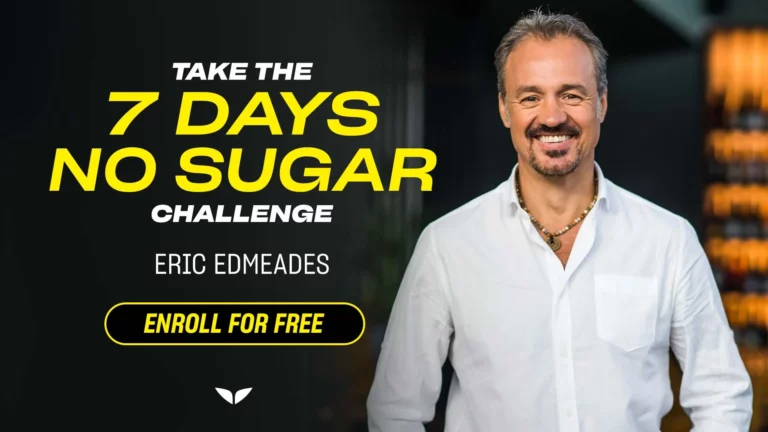Looking to improve your nutrition? Our collection of articles provides valuable insights and tips on how to adopt a healthy and balanced diet, with expert tips from Eric Edmeades, Dave Asprey, and more.




Read the articles inspired by our trainers and based on their extensive expertise
Mindvalley is committed to providing reliable and trustworthy content.
We rely heavily on evidence-based sources, including peer-reviewed studies and insights from recognized experts in various personal growth fields. Our goal is to keep the information we share both current and factual.
To learn more about our dedication to reliable reporting, you can read our detailed editorial standards.